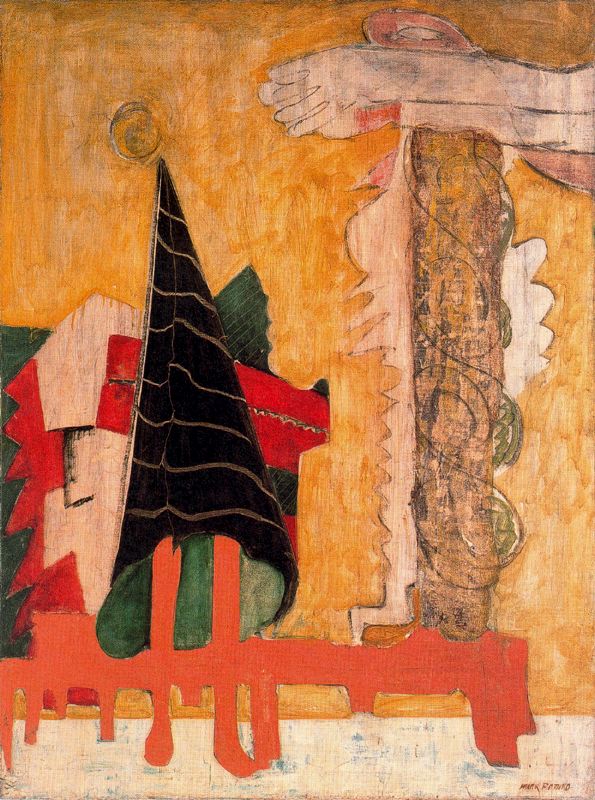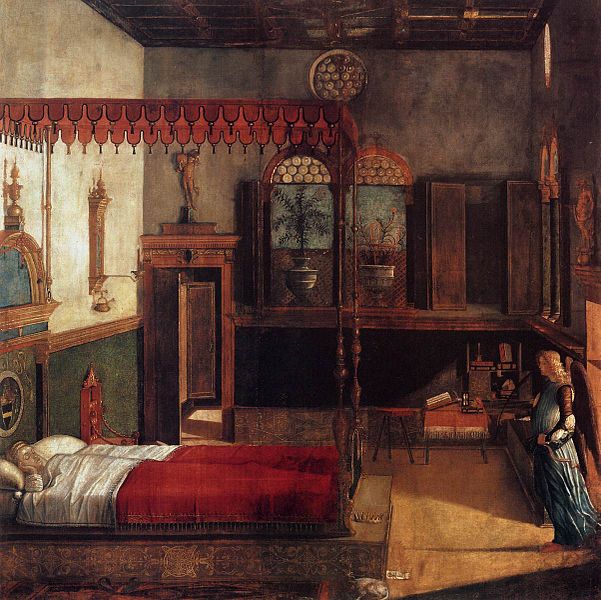François Gérard, Psyche and Amor, 1798
François Pascal Simon, Baron Gérard (1770-1837) was a successful French painter who studied under Neoclassical master Jacques-Louis David. Born in Rome, where his father was French ambassador, Gérard achieved early successes but had many setbacks that precluded him from the acclaim he sought. Eventually, Gérard found great favor with the First French Empire and later the Bourbon Restoration as a portrait painter, painting all the leading figures of the Empire, including Napoleon. Gérard also became a member of the high society of the Empire and was granted a barony.
Psyche and Amor or Psyche Receiving Cupid's First Kiss is one of Gérard's history paintings and is a compelling representation of the myth of Cupid and Psyche. We see Cupid lovingly kiss his wife, holding her gently. Both figures are depicted with physical perfection, exquisite Classical nudes, and a beautiful landscape stretches behind them, an exemplary piece of Neoclassical painting. The feathers of Cupid's wings are rendered with remarkable detail and Psyche's fine garment drapes over her legs with beautiful folds, the light shining through perfectly. Despite the physical perfection of these lovers and the tenderness that Cupid expresses, there is something missing in their interaction. Psyche's hands enfold her torso; she appears guarded and somewhat fearful. Even more significantly, she does not look at him. Cupid has forbidden Psyche from looking upon him, and she does not know the face or identity of this man she has fallen in love with who comes to her every night. Psyche's gaze away from Cupid, toward the viewer, becomes the central feature of the painting. The painting comes alive in the beauty of her face. We feel the alienation between the figures and lack of fulfillment that Psyche feels as she cannot fully be with Cupid. Even in the embrace of her loving husband, Psyche's longing and fear are powerfully expressed. Gérard has frozen the myth before the resolution Apuleius described. Psyche remains in perpetual sadness and longing, unable to turn her gaze toward Cupid.





.jpg)















